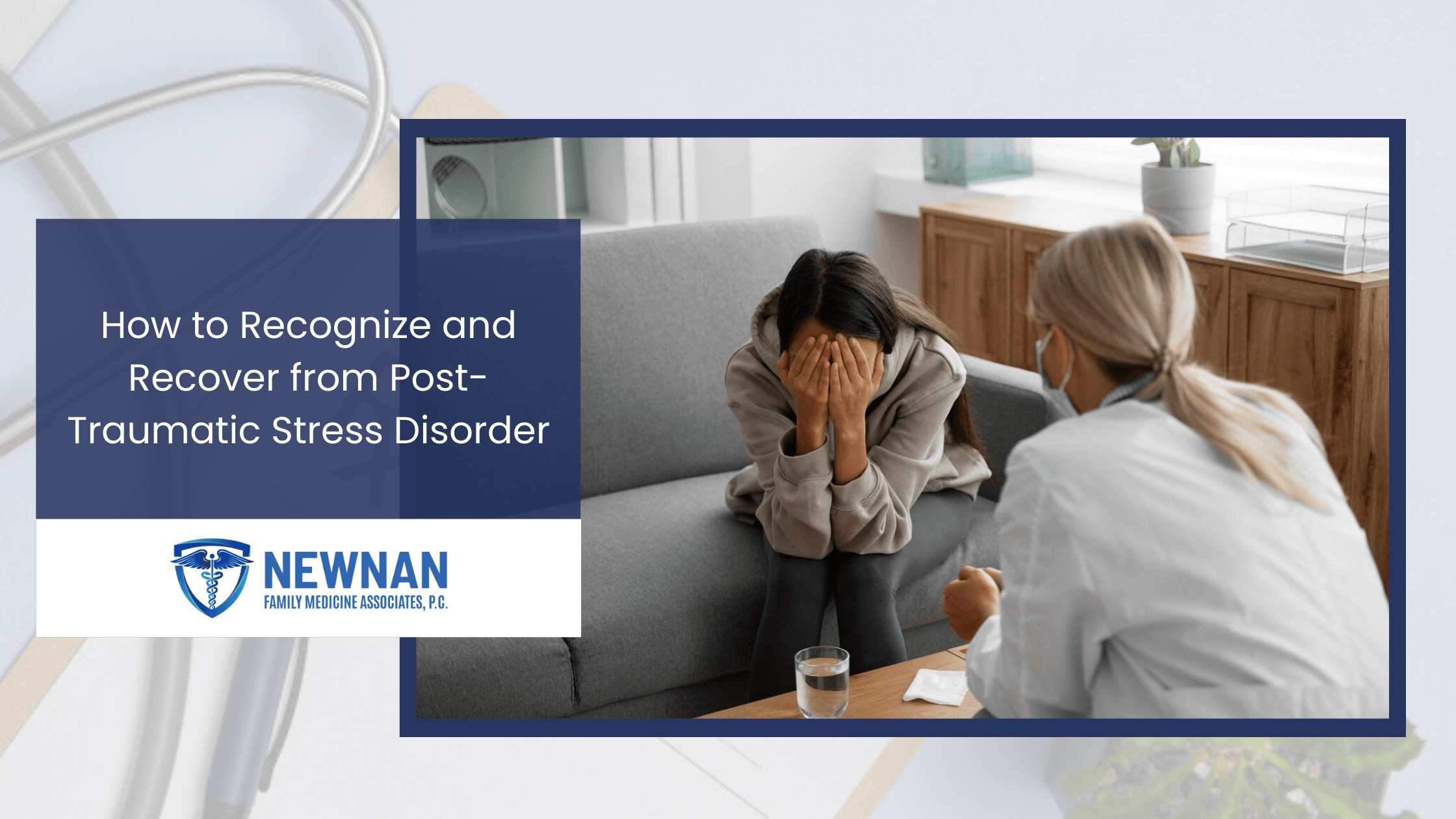


Have you ever felt overwhelmed by reminiscing about a difficult past? Or perhaps you know someone who has. Many people experience challenges after going through something traumatic. Post-Traumatic Stress Disorder (PTSD) is a condition that can affect anyone. It's important to understand that healing and recovery are possible. PTSD therapy and counseling can help individuals manage symptoms and improve their quality of life.
Continue reading to learn more about PTSD, its symptoms, causes, and treatment options.
PTSD is a mental health condition initiated by witnessing traumatic events. It can profoundly impact daily life, leading to several emotional challenges. PTSD can affect anyone. It is quite prevalent, with about 3.5% of U.S. adults experiencing it each year and women being twice as likely to be impacted as men. What are these traumatic events that lead to severe conditions such as PTSD?
A traumatic event is an experience that triggers a heightened emotional or psychological response in an individual, as it poses a threat to their overall well-being (physical, mental, or emotional). This experience can be a physical or sexual assault, serious accidents, military combat, natural disasters, and childhood abuse or neglect. Irrespective of the root cause, PTSD symptoms are often common.
The condition manifests through various symptoms that can affect mental and physical health. Key signs include:
It's important to note that everyone experiences PTSD in a different manner, and symptoms can vary in severity and period.
Post-traumatic stress disorder is often associated with substantial changes in the brain, which can affect neurotransmitter levels and hormone activity. These changes play a vital role in the symptoms and stress responses seen in PTSD. Below are some of the main contributors to PTSD:
These physiological changes show how PTSD can alter the brain’s structure and function, particularly in areas that manage memory, emotions, and stress responses. While PTSD is associated with brain changes and neurotransmitter activities, it can also embody several distinct types, each with its characteristics and challenges.
Types of PTSD are dependent on the duration of symptoms and their severity. They can majorly be grouped into the following five sections:
Each type of PTSD is diagnosed through a thorough evaluation and is guided by trusted benchmarks of symptoms and their impact on daily living.
PTSD diagnosis is based on criteria from the Diagnostic and Statistical Manual of Mental Disorders, Fifth Edition (DSM-5). This criteria talks about symptom examination, exposure, and certain other parameters that depict the severity of the condition. Healthcare professionals assess:
A complete evaluation by a professional is important for a precise diagnosis and treatment.
PTSD treatment involves a multifaceted approach. A combination of therapy, medication, medical intervention, and lifestyle changes may help manage post-traumatic stress disorder. Let us discuss these options one by one:
Prevention of PTSD requires taking steps toward building mental strength, developing healthier coping mechanisms, and being part of a support group. Key steps to take include:
PTSD arises from experiencing life-changing events. Gaining insight into this condition is vital for managing its effects and supporting recovery. Encouraging professional counseling, creating a supportive network, and adopting self-care practices can greatly improve recovery and well-being. By increasing understanding and promoting a compassionate approach, we can help individuals with PTSD achieve a more fulfilling and stable life.
Are you or your loved one suffering from symptoms like emotional detachment, mood swings, avoidance, or negative emotions? PTSD symptoms are often silent and disruptive. Don’t wait to seek help. At Newnan Family Medicine Associates, P.C., we offer compassionate and expert treatment for mental health conditions, including PTSD. Contact us today to learn more about our counseling and therapy options. Together, we can work towards a happier, peaceful future.
PTSD can last for months or years if not treated. Some individuals may experience symptoms for a short period, while others may face long-term challenges.
Yes, many people with PTSD can lead fulfilling lives with appropriate treatment and support.
Daily challenges may include difficulties with concentration, emotional numbness, social withdrawal, and heightened anxiety.
Recovery time varies. Some individuals may see improvement within a few months, while others may require longer-term treatment.